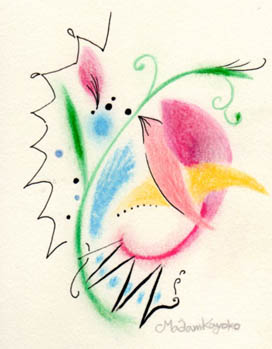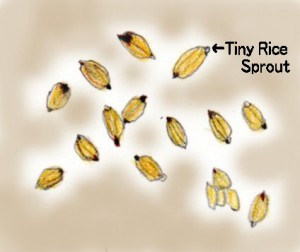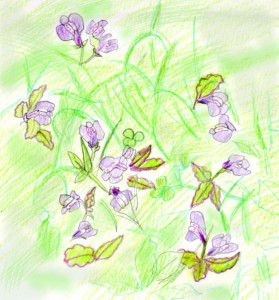
The world’s first novel was Genji Monogatari (“The Tale of Genji”) written by Murasakisikibu, who was a court lady about 1,000 years ago in the Heian Era. It has been translated into many languages including a famous version by Arthur David Waley, who was an English researcher on Orientalics.
Although Japanese high school students study ancient Japanese literature at school, “The Tale of Genji” is too long for them to study. It has 54 chapters, so high school students often study Makura no Soushi (“The Pillow Book of Sei Shonagon”) instead.
Sei Shounagon, the author of “The Pillow Book of Sei Shonagon” was a court lady as well. She described the change of weather during the four seasons in a colorful and lively way in her diary. In addition, one story is short enough for students to memorize. Even now, more than two decades after graduating from high school I can still recite it .
In the first part of this book, she talked about her favorite times of the four seasons, like in the following passage.
“In spring it is the dawn that is most beautiful. As the light creeps over the hills, their outlines are dyed a faint red and wisps of purplish cloud trail over them.” (Ivan Morris)
Now, I will try to describe my favorite times in English in the same way.

My favorite times of the four seasons
Although cherry blossoms symbollize Japanese spring, I think falling cherry petals seem more beautiful than cherry blossoms on the trees. Gusts of wind often occur in the middle of spring. When the wind blows the cherry petals, they fall off the branches like snow. Those subtle pink petals look especially whiter at nighttime than they do during the day. I sometimes love to stand under a big cherry tree, and I can feel like I’m taking a flower shower.
One thing I love to do in the middle of summer is to take a nap in the afternoons. I often get up earlier than usual in the morning, sometimes before dawn, and I start doing many things briskly and become soaked in sweat until around 1:00 p.m.when I eat a late lunch. Then I take a nap after taking a cold shower. I doze for more than 30 minutes, sometimes hearing a roll of thunder in the distance. If it were not for the hot summer, then taking a nap would not feel so good for me, but I don’t think human beings should make our planet any warmer.
At the beginning of September, while there may still be several hot days left, crickets start chirping. They sound like jingles and tell us that autumn has arrived, and there blows without fail a cool breeze. The daytime gets quickly shorter after the Autumnal Equinox. The cumulonimbus clouds that bring thunder disappear, and cirrocumulus clouds replace them high in the clear sky. Harvest time arrives and my huge appetite comes back. When the tree leaves turn yellow or red, the traffic toward the mountains is often jammed, so I prefer to go hiking in rural areas to see the colorful natural environment while carrying a lunch box.
At dusk in winter, in spite of the cold, I sometimes walk around the nearby park, which is lined with zelkova trees that have shed their leaves, because I like to see the black shape of their branches silhouetted against the deep cobalt-blue sky. They make very fine and intricate shapes, like lacework. Above the trees’ silhouettes in the eastern sky is the newly emerged moon. The chillier the air feels, the clearer the moon appears. That is winter.
↓translated by Ivan Morris






